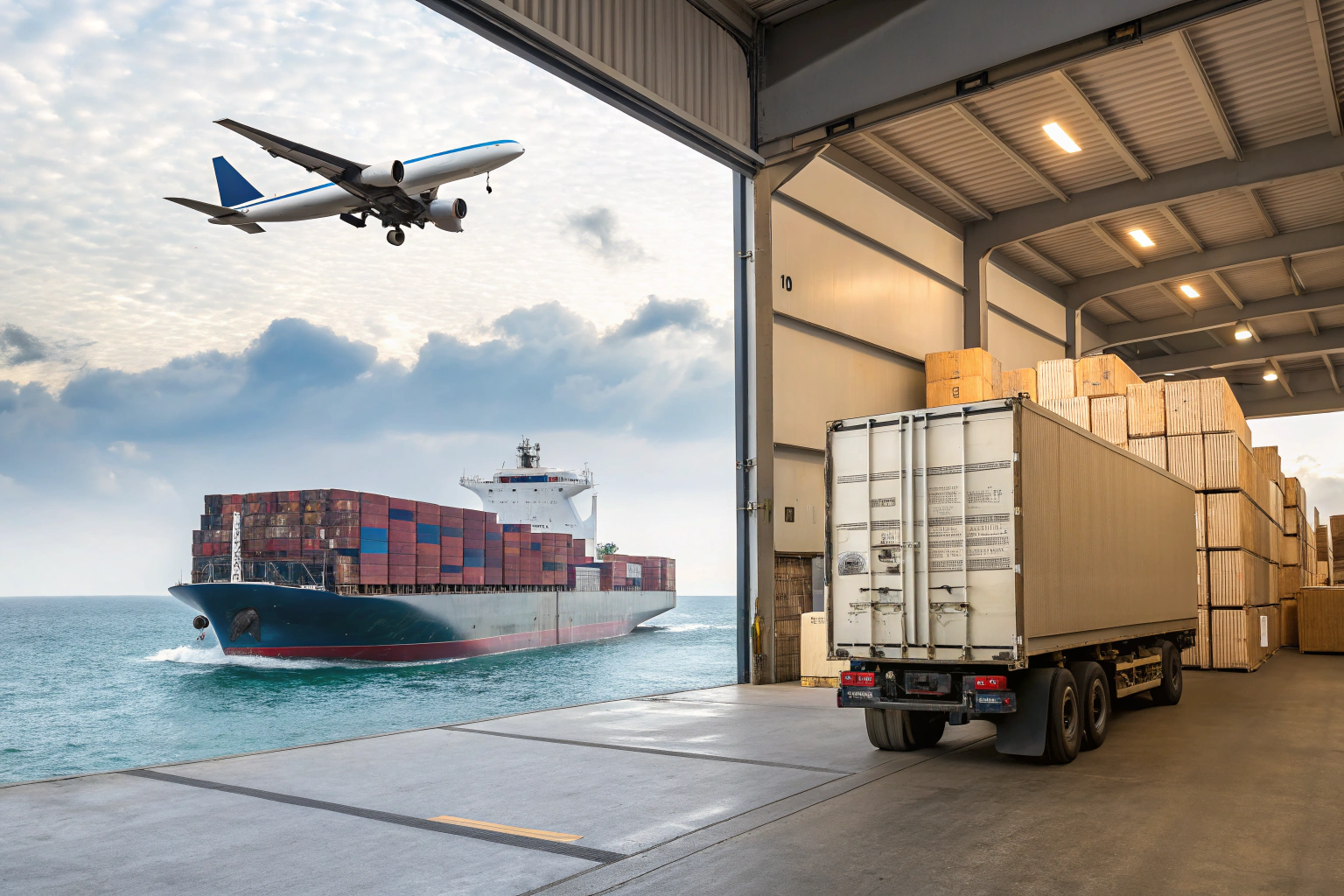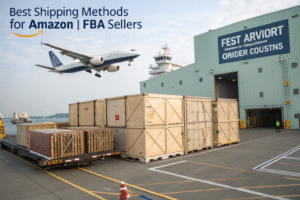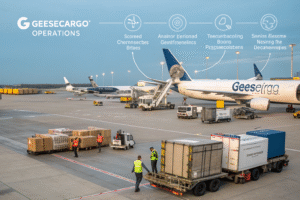Clothing remains one of China’s strongest export products, and many buyers in the U.S. and Europe rely on steady shipping to keep their business moving. Picking the right method often feels tricky. Each option—ocean freight, air freight, rail, or courier—comes with different strengths in cost, delivery speed, and security.
The right choice depends on your shipment size, the urgency of delivery, and your budget. Sea freight usually fits bulk orders, air freight works for urgent fashion goods, and door-to-door services bring simplicity for smaller buyers.
I’ve supported fashion brands, wholesalers, and online sellers with clothing shipments for years. Based on that work, I’ll compare the main options and help you decide which is best for your needs.
Why choose sea freight for bulk clothing orders?
For large orders, sea freight usually makes the most sense.
Ocean shipping is the most affordable way to move high volumes of garments. Even though it’s slower, retailers preparing seasonal stock often find this option the most practical.
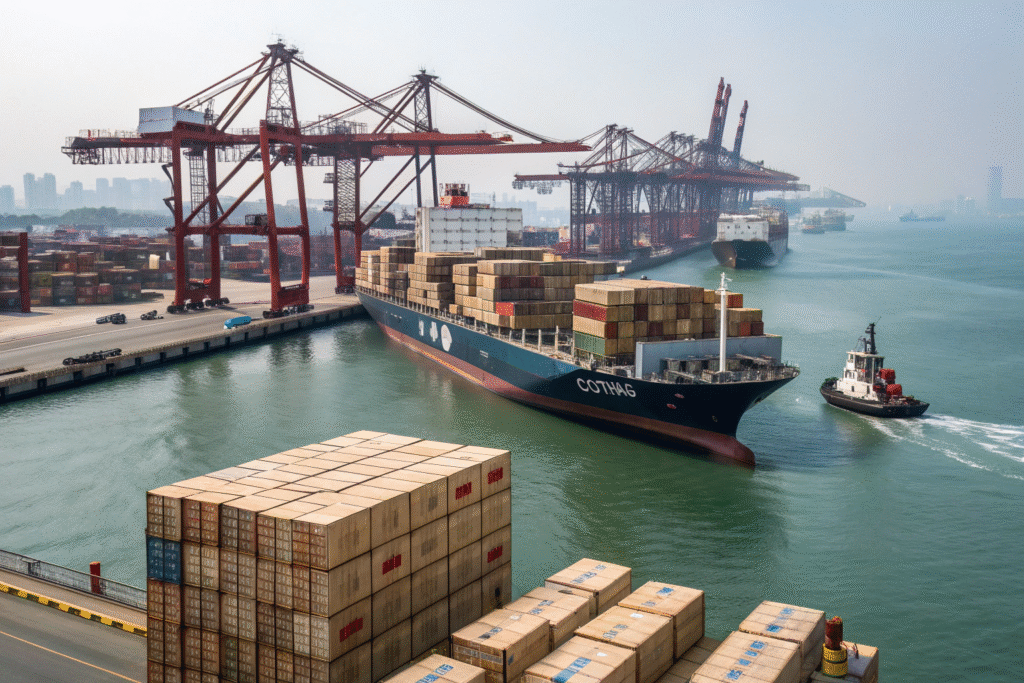
What are the main advantages of sea freight?
Shipping by sea allows importers to move thousands of pieces in one go. Services from global carriers such as Maersk or MSC make it efficient for both FCL and LCL containers. This method helps keep unit costs very low.
What are the challenges of sea freight?
The main problem is time. A shipment can take 20–40 days to reach the U.S. or Europe depending on the route. Congestion and customs checks may also extend delivery. Market updates on Drewry often report on these delays.
When is air freight better for clothing shipments?
For urgent orders or trending fashion products, air freight is often worth the price.
Air freight cuts delivery time to just a few days. It’s especially useful for light garments with high value, where timing is critical.
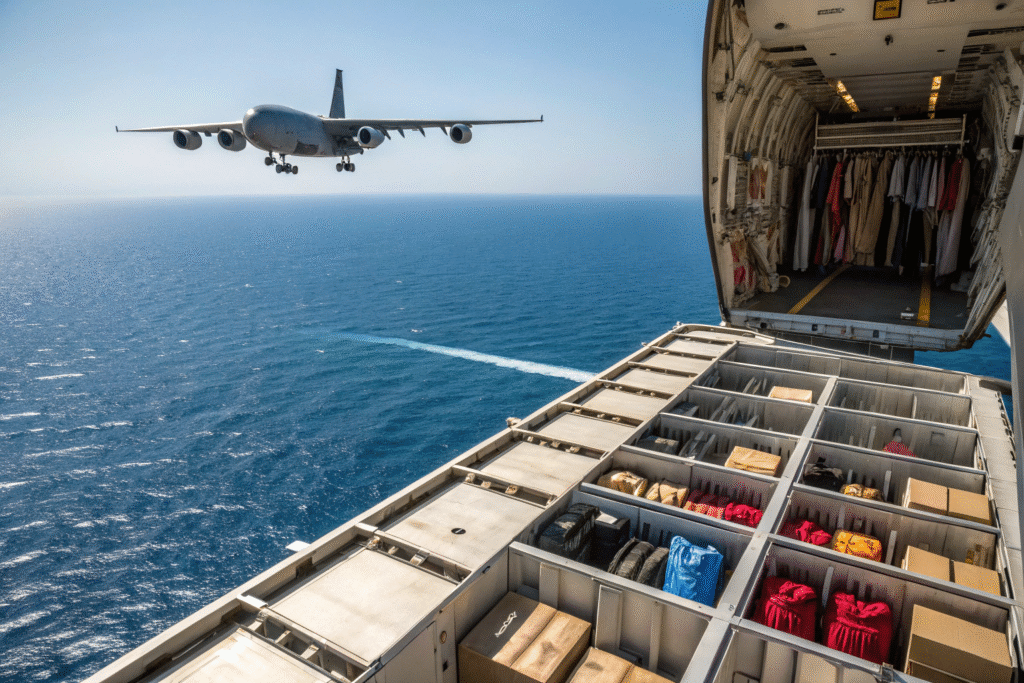
What makes air freight suitable for clothing?
Garments usually weigh little and pack tightly, which makes them ideal for air cargo. You can monitor flights through platforms like FlightAware, which gives transparency for every shipment.
What are the limits of air freight?
The cost is the biggest drawback. Air can be five to ten times higher than ocean shipping. Airlines also limit heavy or oversized cargo. Forwarders such as Flexport usually suggest air freight for urgent restocks or high-margin products.
Can rail freight be a good middle option?
For European importers, rail freight offers a smart balance between speed and cost.
Rail is faster than sea and more affordable than air. It gives fashion businesses in Europe a reliable alternative when timing matters but budgets are limited.
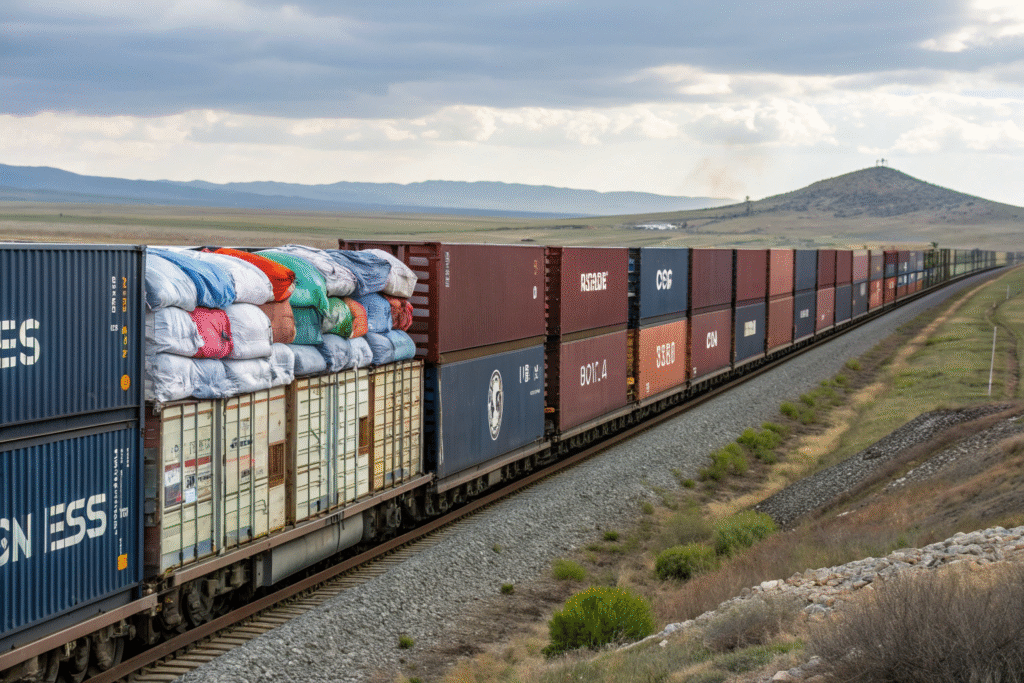
Why use rail for clothing shipments?
China-Europe rail routes connect cities like Chengdu and Yiwu to hubs such as Hamburg and Warsaw. According to RailFreight.com, transit time is usually 15–20 days, cutting weeks off sea transport.
What are the drawbacks of rail freight?
Coverage is limited, and cargo may still need trucking after arriving in Europe. Space on trains is also more restricted than on ships. Rail works best for mid-sized shipments where time is important, but cost control also matters.
How do courier and door-to-door services help smaller buyers?
For small or frequent orders, courier and door-to-door services save time and trouble.
These services include pickup at the factory, customs clearance, and final delivery. They’re ideal for online sellers and small distributors who want simple and predictable shipping.

What are the benefits of courier services?
Companies like DHL Express and FedEx specialize in quick delivery with full tracking. They are reliable for small batches of garments and reduce paperwork for importers.
Why choose DDP door-to-door freight forwarding?
With DDP, the forwarder handles customs, duties, and final delivery. This makes it popular among small to medium-sized buyers who want cost clarity. Providers like UPS Supply Chain Solutions offer these services to fashion businesses.
Conclusion
There isn’t one “best” shipping method for every order. The choice depends on how much clothing you’re moving, how quickly you need it, and how much you want to spend.
Sea freight is the leader for bulk orders. Air freight is the fastest for urgent products. Rail freight serves European routes well as a middle option. Courier and door-to-door services are perfect for small importers.
By matching your shipping method to your business needs, you can protect profits, meet deadlines, and keep your clothing supply chain running smoothly.
